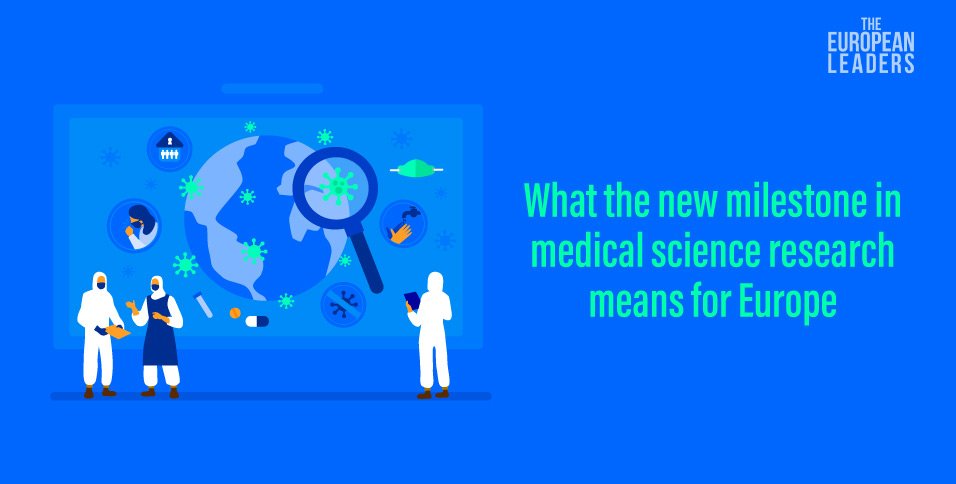Initiated in October 2013, the Human Brain Project (HBP) was presented by the charismatic neurobiologist Henry Markram as an innovative approach to unraveling the mysteries of the brain, addressing neurological ailments, and advancing information technology. It stands as one of the two prominent initiatives supported by the European Commission’s Future and Emerging Technologies program. The HBP stirred significant division within Europe’s neuroscience community. In July 2014, an open letter criticizing the project’s scientific approach and management garnered over 800 signatures from scientists. However, despite doubts within the neuroscience field, Markram managed to gain support from the crucial stakeholders: the European Commission funders. It appears that their focus leaned more towards the project’s economic and political prospects rather than its scientific viability.
The project came to an end and celebrated its successful conclusion today with a scientific symposium at Forschungszentrum Jülic.h
The project’s accomplishments include a highly detailed three-dimensional digital map of the human brain, personalized virtual representations of patients’ brains afflicted with conditions like epilepsy and Parkinson’s, significant strides in artificial intelligence, and the establishment of a lasting digital research platform named EBRAINS, which will continue to serve the neuroscience community long after the HBP concludes. Furthermore, researchers affiliated with the HBP have shared their scientific findings through more than 3,000 publications, developed numerous medical and technological applications, and provided over 160 freely accessible digital tools for neuroscience research.
The success of the HBP opens up significant opportunities for the medical entrepreneurial and research community in Europe. The massive datasets generated by HBP, combined with advances in data analytics, can fuel the growth of data-driven medicine. Entrepreneurs can explore these datasets to identify novel patterns and insights, leading to the development of personalized treatment plans and precision medicine approaches.
The success and global recognition of the HBP attracts both public and private investments into European medical entrepreneurship and research. This also opens possibilities for collaborations over cutting-edge processes. During its tenure, HBP had opportunities for students and practitioners to engage with their E-library, workshops, conferences, lab visits and so much more. The European Commission and member countries are strategizing the next stage of Europe’s brain health research, with an emphasis on leveraging personalized brain models to enhance drug discovery and enhance therapies for brain-related conditions. This would be yet another interesting development into finally seeing Europe as the dominator in the field of medical science research, another space to keenly follow for every stakeholder of the medical chain, old and new.
Also Read: The transformative role of AI in European healthcare








